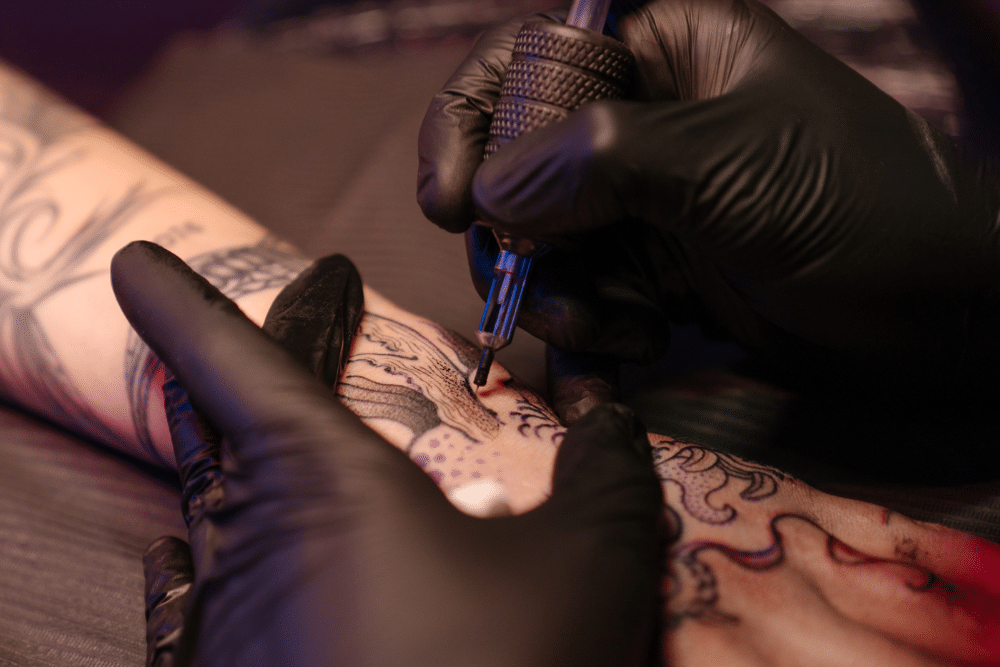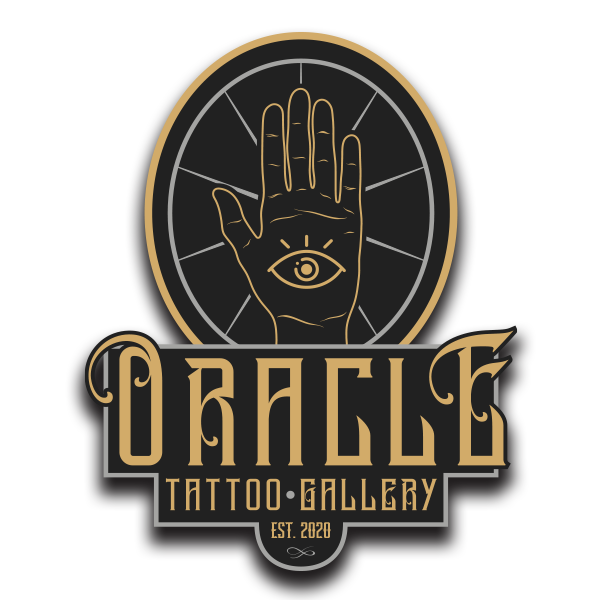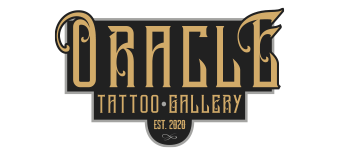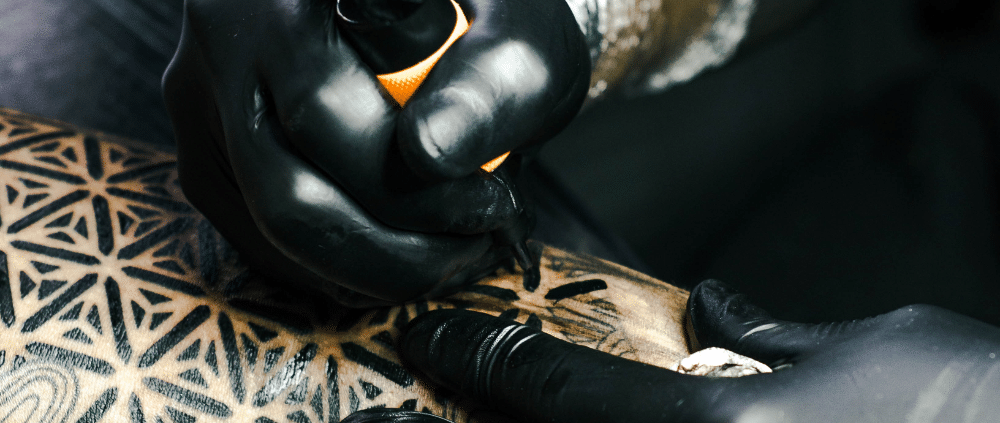What Is The History Of Tattoos?
Tattoos have grown in popularity over the past few years, but the fact is that tattoos have been around for thousands of years. Tattoos have been used for communication, to identify criminals and to celebrate life events. If you have ever wondered about the history of tattoos, Oracle Tattoo Gallery has collected some details to help you understand.
The Earliest Tattoos
Although it would not have been possible to search for local tattoo shops near me during the era, tools that appear to have been used to create tattoos have been found in prehistoric archaeological digs in Portugal, Scandinavia, and France. Some of the tools discovered are more than 12,000 years old.
In 1991, hikers discovered a mummy, eventually named Otzi after the valley where he was found, who had been encased in ice for over 5,300 years. The analysis discovered that Otzi was between 30 and 45 years old and it is unclear what caused his death. What is clear is that Otzi has lines and crosses tattooed on his body, although many appear to be related to acupuncture treatment, which may indicate the tattoos were part of a medical process.
The Egyptians, Greeks, and Others
Before the discovery of Otzi, tattoo history indicated that the Egyptians were among the first to adorn their bodies with the artwork. Many Egyptian mummies were discovered to have tattoos and there are engravings that display needles as well as clay disks that contained ochre. Ancient Greeks used body art to assist spies with communication while, in Japan, a criminal’s forehead was tattooed with a line for the first offense, an arch for the second, and another line for the third, completing the symbol for the word “dog.”
In the Maya, Inca, and Aztec nations, tattoos were part of certain rituals as did the early Britons. European soldiers sometimes tattooed a cross on their arms or hands to indicate that if they did not return, they requested a Christian burial.
Where Does the Word Tattoo Come From?
Understanding the history of tattoos requires an understanding of where the word “tattoo” comes from. According to tattoo history, the word “tattoo” is from a Tahitian word meant to mark or strike. Early tattoos were likely tapped into the skin. However, not all ancient civilizations marked the body that way. In the Arctic, people used a needle to pull carbon threads under the skin while others cut designs in the skin before rubbing ink or ashes across the cuts.
Today’s Tattoo Process
Although primitive cultures used crude methods to create tattoos, the modern tattoo machine is modeled on one patented in 1891. The machine, created by Sam O’Reilly, a New York tattoo artist, is very similar to the electric engraver pen created by Thomas Edison which was patented in 1876. In modern machines, needles move between 50 and 3,000 vibrations per minute, only penetrating about one millimeter below the skin to inject pigment. Cells in the body engulf the pigment, becoming fixed in connective tissue. Because pigment molecules are colorless, the inks injected refract light. Tattoo ink is usually made of metal salts or metals that have reacted with oxygen, similar to what happens to iron when it rusts. The pigments are often carried in alcohol in order to keep it mixed evenly.

Drawing a Line
The word “tattoo” likely came from sailors as they traveled throughout the Polynesian Islands. Around the 1400s, tattoos became a way to differentiate between European colonists and those that the colonists viewed as uncivilized. Although tattooing was practiced in Europe, much of the practice had been driven underground and many of those who underwent tattooing was considered uncivilized or, in some cases, un-Christian. In the history of tattoos, it became a Pagan symbol, something that was non-religious, to have a tattoo.
World Expansion
As people began to expand, especially into Africa and the Pacific Islands, explorers encountered many people who were tattooed. Often, the explorers viewed those natives as untamed and they began to attempt to teach them religion as a way to help them become more civilized. There were actually cases where indigenous people were captured and put on display as savages and murderers. Many of those who were captured did not survive long as they were susceptible to foreign illnesses and suffered from malnutrition. Circuses began including “freak shows” that put tattooed savages on display. Many willingly performed in the shows, some creating fanciful backstories about how they were tattooed by others.
Tattoos of Today
Although the stigma of tattoos has lessened, there are still many who find them “trashy” or view those who adorn their body with artwork as lower class. Yet, tattoos are growing in popularity almost daily. Between 2004 and 2018, local tattoo shops near my searches grew considerably. Research indicates that in the United States alone, 29 percent of the population had at least one tattoo in 2019, up from 21 percent in 2012. Almost half of those people had a tattoo for at least ten years.
It is not clear, however, if tattoos are more accepted or if older generations were simply more subtle about where they were placed. Interestingly, research also found that 19 percent of those who had a tattoo in 2019 actually had two to three while 18 percent had four to five. One interesting fact, however, is that 72 percent of people who
responded to a recent survey stating that their tattoos would likely not be noticed as they were hidden by clothing.
Looking For The Perfect Tattoo?
Tattoos have had a long, rich history throughout the world. Today, many people are getting tattoos to recognize a life event, celebrate, or simply add artwork to their own bodies. If you are considering a tattoo, contact Oracle Tattoo Gallery. Our wonderful artists will design the perfect tattoo for you or bring your own design to life. You can arrange for a no-obligation appointment by calling 215-638-1601.




